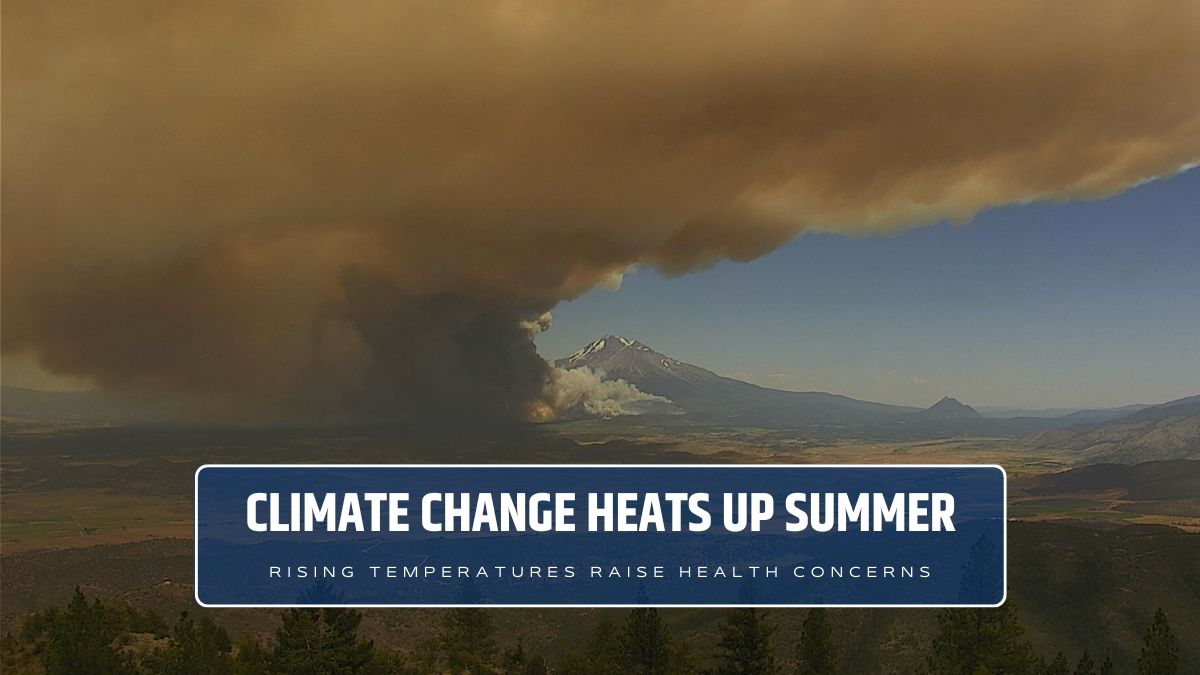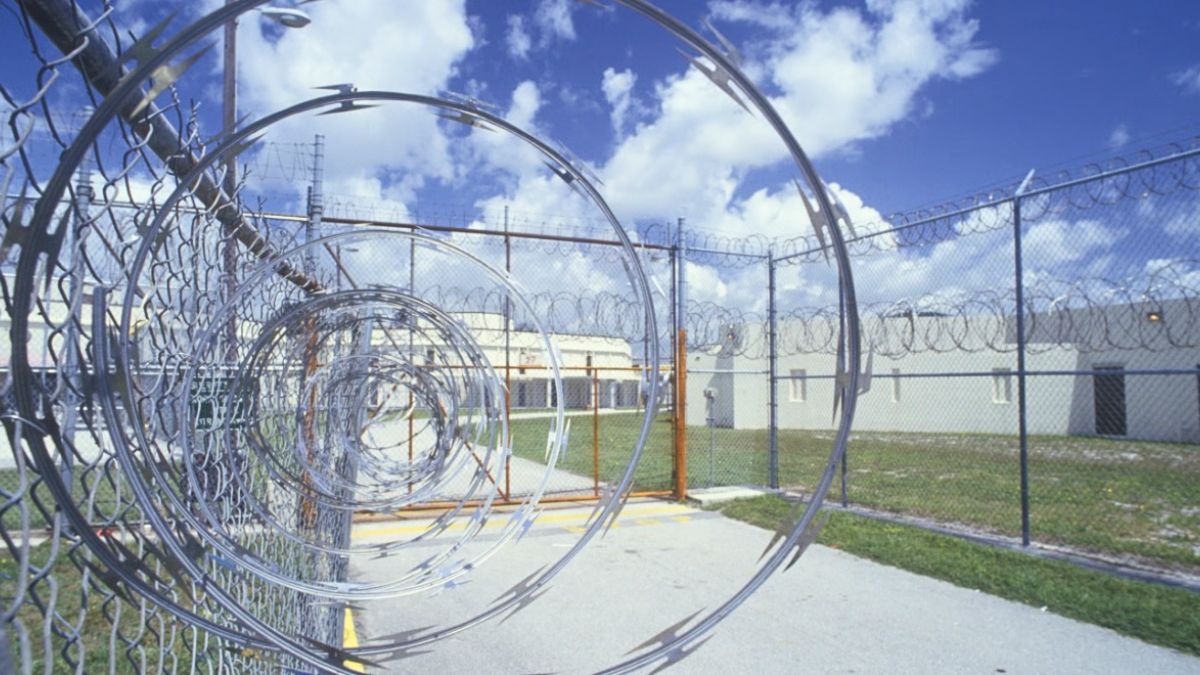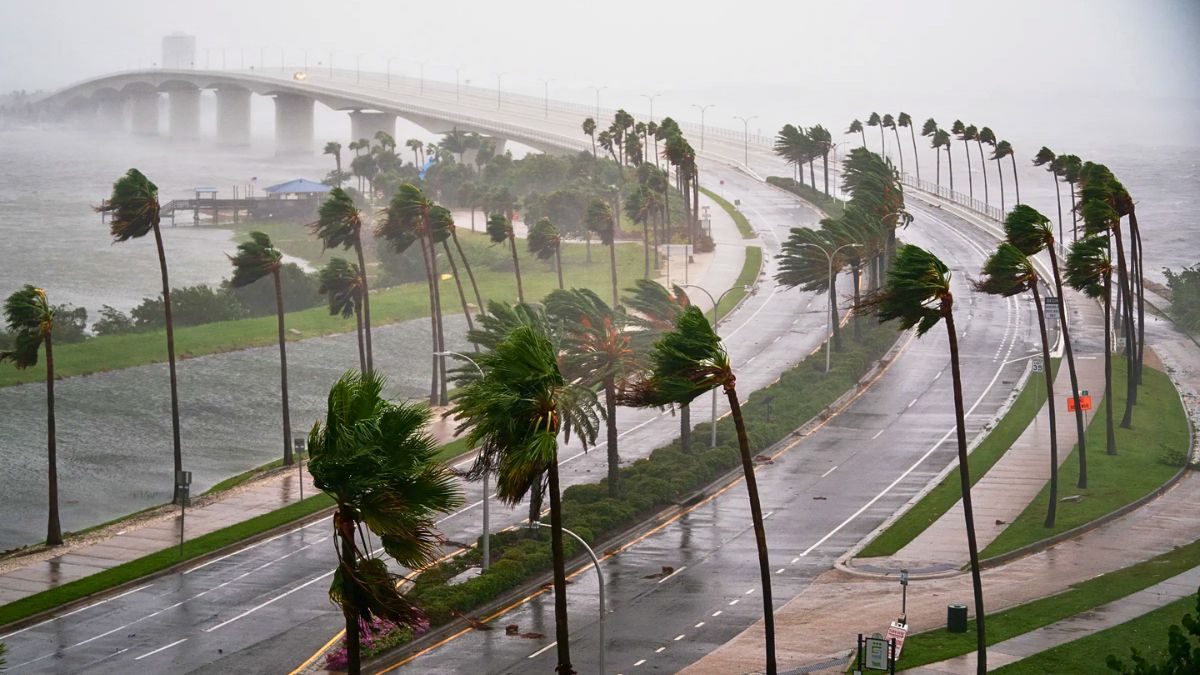When we talk about extreme heat, it’s usually the scorching, sun-drenched afternoons that come to mind. But climate scientists are sounding the alarm on something less visible but just as dangerous: warm summer nights. These rising nighttime temperatures are becoming an overlooked yet critical threat in the growing climate emergency.
Hidden Danger
Daytime heat gets the headlines, but it’s the nights that are quietly hurting us. During a heatwave, our bodies rely on cooler evening temperatures to recover from the daytime stress. But as nights stay warmer, that recovery window closes.
Climate Central analyzed data from 1970 to 2024 across 241 U.S. locations. Their findings? Average summer nighttime temperatures have warmed by 3.1 degrees Fahrenheit. That might not sound dramatic, but it’s enough to put serious strain on the body—especially for older adults, children, and people with chronic conditions.
Public Health Risk
Extreme heat is already the top weather-related killer in the U.S., causing more deaths annually than hurricanes, floods, or tornadoes. The CDC warns that when nights remain too warm, our bodies can’t regulate temperature effectively. This can lead to serious health impacts like:
- Heat stroke or exhaustion
- Increased heart stress
- Worsened respiratory issues
- Poorer sleep and immune function
If your body never gets a break, it’s like running a marathon without rest. Over time, that constant stress can lead to heart problems, mental health issues, and even early death.
Current Crisis
This week alone, over 200 million Americans are under heat alerts, from South Dakota down to Florida and up the East Coast to Boston. In cities like St. Louis, Memphis, Des Moines, and Savannah, “feels-like” temps are reaching triple digits—even after sunset. And that’s where the real danger creeps in.
While you might expect temperatures to cool down after dark, more often than not, they’re staying above 70 degrees Fahrenheit, especially in urban areas.
Cities at Higher Risk
Urban environments are getting hit hardest, thanks to what’s called the urban heat island effect. Cities filled with concrete and asphalt trap heat during the day and release it slowly overnight. Add in fewer trees and green spaces, and you’ve got neighborhoods that don’t cool down at night.
Compared to nearby rural areas, city centers can be several degrees warmer after sunset. That means people living in densely populated, lower-income urban areas are often the most vulnerable—with fewer resources to cool off and higher risk of heat-related illness.
What’s Driving It
The rise in warm nights isn’t just about cities—it’s a global climate trend. According to the NOAA, increased atmospheric moisture and greenhouse gas emissions are playing a major role. As the air warms, it holds more water vapor, which traps heat and acts like a blanket over the planet at night.
This prevents natural nighttime cooling, turning even mild evenings into potential health threats. And with these patterns expected to worsen in coming decades, the risks are only growing.
Looking Ahead
The EPA warns that by mid-century, warm summer nights will become more frequent across the country. And it’s not just people who need the break—plants, animals, and infrastructure all depend on cooler nights to recover from the heat.
It’s time we stop thinking of heat as a daytime problem. The real danger might be when the sun goes down.
FAQs
Why are warm nights dangerous?
They prevent the body from cooling down after hot days.
What is the urban heat island effect?
Cities stay warmer at night due to concrete and less greenery.
How much have nights warmed?
Since 1970, summer nights warmed by 3.1°F on average.
What are health risks of warm nights?
They raise risks of heart stress, poor sleep, and illness.
Will this trend continue?
Yes, EPA expects more hot nights in the coming decades.
























